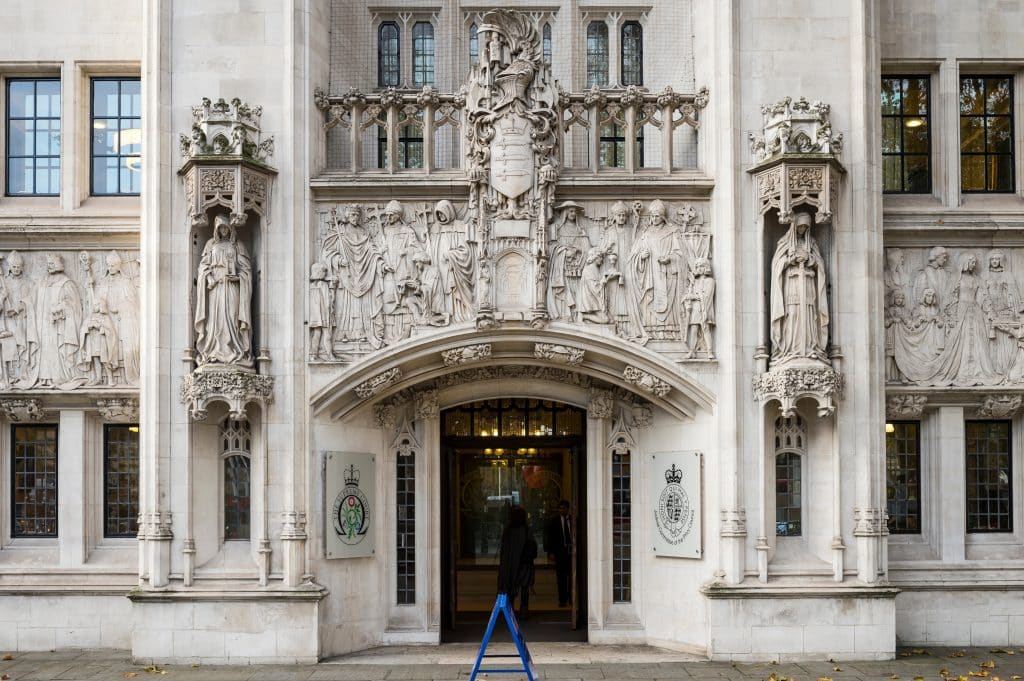The Court of Appeal’s decision in Rea v Rea [2024] EWCA Civ 169 represents perhaps the most significant development in undue influence law for decades, establishing a substantially higher threshold for claimants seeking to invalidate wills on grounds of undue influence.
This landmark judgment has reshaped how courts approach undue influence claims and has immediate practical implications for families and practitioners involved in will disputes.
The Background: A Family Divided
The case involved Anna Rea, who died aged 85 after making a 2015 will that departed significantly from her previous testamentary intentions. Rather than dividing her estate equally among her four children as she had done in earlier wills, Anna left her house—the main asset of her estate—to her daughter Rita, who had been her carer.
Rita was described as having a “forceful personality,” and Anna had become increasingly dependent on her for care in her final years. The other siblings challenged the will on grounds of undue influence, arguing that Rita had coerced their mother into changing her testamentary wishes.
The High Court’s Initial Finding
At first instance, the High Court found in favour of the siblings, concluding that the 2015 will had been procured by undue influence. The judge was influenced by Rita’s dominant personality, Anna’s vulnerability and dependency on Rita, the significant departure from previous wills, and evidence of family tensions and pressure.
However, the Court of Appeal would take a very different view.
The Court of Appeal’s Landmark Decision
In a judgment that has fundamentally altered the landscape of undue influence claims, Lord Justice Newey overturned the High Court’s decision. The Court of Appeal established several crucial principles that have changed how we approach these cases.
First, the Court of Appeal held that undue influence must be “more probable than any other hypothesis.” This means that it’s not enough to show that undue influence is a possible or even likely explanation—it must be the most probable explanation for the will.
Perhaps most significantly, Lord Justice Newey described undue influence as “inherently improbable.” This characterisation creates a presumption against finding undue influence, requiring compelling evidence to overcome. The judgment emphasised that undue influence requires proof of actual coercion that overbore the testator’s free will. Mere persuasion, family pressure, or even persistent requests are insufficient.
The Role of Professional Involvement
A crucial factor in the Court of Appeal’s analysis was the involvement of qualified professionals in the will-making process. Anna had instructed a solicitor who was both a member of STEP (Society of Trust and Estate Practitioners) and ACTAPS (Association of Contentious Trust and Probate Specialists).
Additionally, a medical assessment had been obtained regarding Anna’s capacity. The Court of Appeal gave significant weight to this professional involvement, viewing it as strong evidence against undue influence.
Distinguishing Influence from Undue Influence
The judgment provides important clarification on what constitutes undue influence as opposed to legitimate influence. Legitimate influence may include persuasion and encouragement, expressing views about fairness, pointing out family obligations, and discussing inheritance wishes.
In contrast, undue influence requires coercion that overbears free will, pressure that prevents independent decision-making, and conduct that goes beyond acceptable family dynamics.
Practical Implications for Will Challenges
The Rea v Rea decision has profound implications for anyone considering challenging a will on grounds of undue influence. Claimants now face a substantially higher evidential burden. It’s no longer sufficient to show that influence was likely—the evidence must demonstrate that undue influence is the most probable explanation.
The involvement of qualified legal professionals and medical assessments provides significant protection against undue influence claims, though it’s not an absolute defence. Courts will look for evidence of actual coercive behaviour rather than general family dynamics or relationships of dependency.
Comparison with Subsequent Cases
The impact of Rea v Rea can be seen in subsequent decisions. For instance, in Langley v Qin (decided after Rea v Rea), the court still found undue influence but had to carefully distinguish the facts, relying on evidence of over £230,000 in unexplained financial transfers and “shopping around” for compliant solicitors.
This demonstrates that while the bar has been raised, undue influence claims can still succeed with sufficiently compelling evidence.
Guidance for Families
For families concerned about potential undue influence, Rea v Rea provides important guidance. If you have concerns about a relative being unduly influenced, document specific instances of coercive behaviour rather than general concerns about relationships. Recognise that family members caring for elderly relatives will naturally have influence—this alone doesn’t constitute undue influence. Given the higher threshold, early legal advice is crucial to assess whether concerns rise to the level of actionable undue influence.
Implications for Legal Practice
For legal practitioners, Rea v Rea emphasises the importance of thorough documentation. Careful documentation of the will-making process, including the testator’s reasoning and freedom from pressure, is more important than ever. Seeing testators alone, away from potentially influential family members, remains crucial best practice. While focusing on capacity, medical assessments can also provide evidence about the testator’s independence and freedom from coercion.
The Broader Context
Rea v Rea must be understood within the broader context of inheritance disputes. With an ageing population and increasing wealth concentration in property, disputes over inheritance are likely to continue rising. The decision provides clarity but also makes successful challenges more difficult.
This may lead to more cases being resolved through mediation rather than litigation, as parties recognise the difficulties in meeting the evidential threshold for undue influence.
Key Takeaways
The Rea v Rea decision establishes several crucial principles. Undue influence is “inherently improbable” and requires compelling evidence. The influence must be the most probable explanation for the will. Actual coercion is required, not mere persuasion or family pressure. Professional involvement provides significant (though not absolute) protection. The threshold for successful claims has been substantially raised.
Conclusion
Rea v Rea represents a watershed moment in undue influence law. By raising the evidential threshold and characterising undue influence as inherently improbable, the Court of Appeal has made it significantly more difficult to challenge wills on this ground.
While this provides greater certainty for testators and their chosen beneficiaries, it also means that genuine cases of undue influence may be harder to prove. The key for all parties is to understand these new requirements and act accordingly—whether in making wills, challenging them, or advising clients.
If you are concerned about undue influence affecting a will, or need advice on protecting a will from potential challenges, our specialist contentious probate team can provide expert guidance tailored to your situation. We offer free initial consultations to assess your circumstances. Call us on 0161 515 7329 or visit https://www.fiftysixlaw.co.uk/contact/ to leave your details and arrange a consultation.




